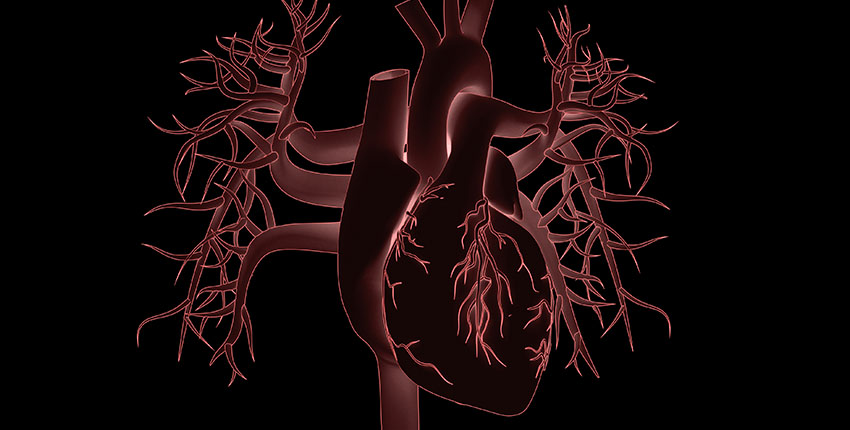What Will the New Cardiovascular Risk Calculator Mean for Patients?
Analysis forecasts more heart attacks and strokes as fewer people become eligible for meds
Analysis forecasts more heart attacks and strokes as fewer people become eligible for meds

At a glance:
A recently unveiled cardiovascular disease risk calculator that measures a patient’s risk for heart attack and stroke is better calibrated and more precise than its previous version, but if current treatment guidelines for cholesterol and blood pressure therapy remain unchanged, the new calculator may have unintended consequences, according to research from Harvard Medical School.
The analysis, published July 29 in JAMA, estimates that the new risk calculator would render nearly 16 million people newly ineligible under current treatment thresholds that guide clinical decisions about who should get cholesterol and blood pressure drugs. The change in treatment eligibility would be most pronounced among men between the ages of 50 and 69. The resulting decrease in access to statin and blood pressure therapy could lead to 107,000 additional heart attacks and strokes over 10 years, the analysis forecasts.
“The takeaway from our study is that updating risk estimation without reconsidering treatment thresholds has the potential to change recommended care for millions of Americans,” said study first author James Diao, a resident physician at Brigham and Women’s Hospital.
Thus, the unveiling of the new risk tool is a good opportunity to reconsider these risk thresholds, the researchers said.
“At its core, cardiovascular disease prevention has two elements — predicting risk and choosing when to treat in order to prevent a heart attack or a stroke, so I would be concerned if we only change one side of this equation without reexamining the other side, which is the treatment threshold,” said study senior author Raj Manrai, assistant professor of biomedical informatics in the Blavatnik Institute at HMS.
© 2025 by the President and Fellows of Harvard College